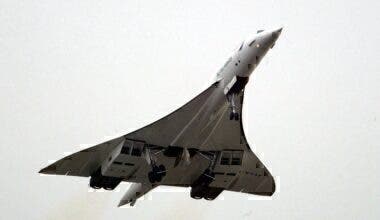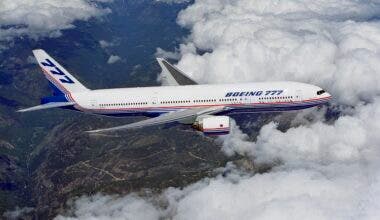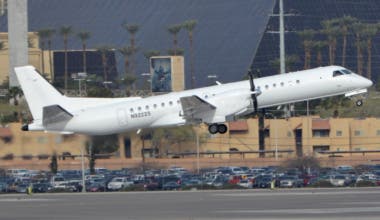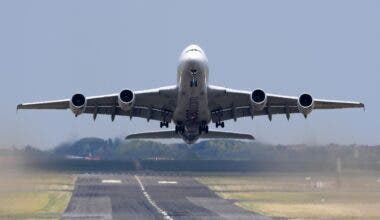The 777X is touted as being the most sustainable twin-engine aircraft the world has ever seen. But what is it about its design that makes it so sustainable? Simple Flying caught up with Chris Raymond, Boeing’s chief sustainability officer, to discuss some of the technologies that are making the 777X the airplane of the future.
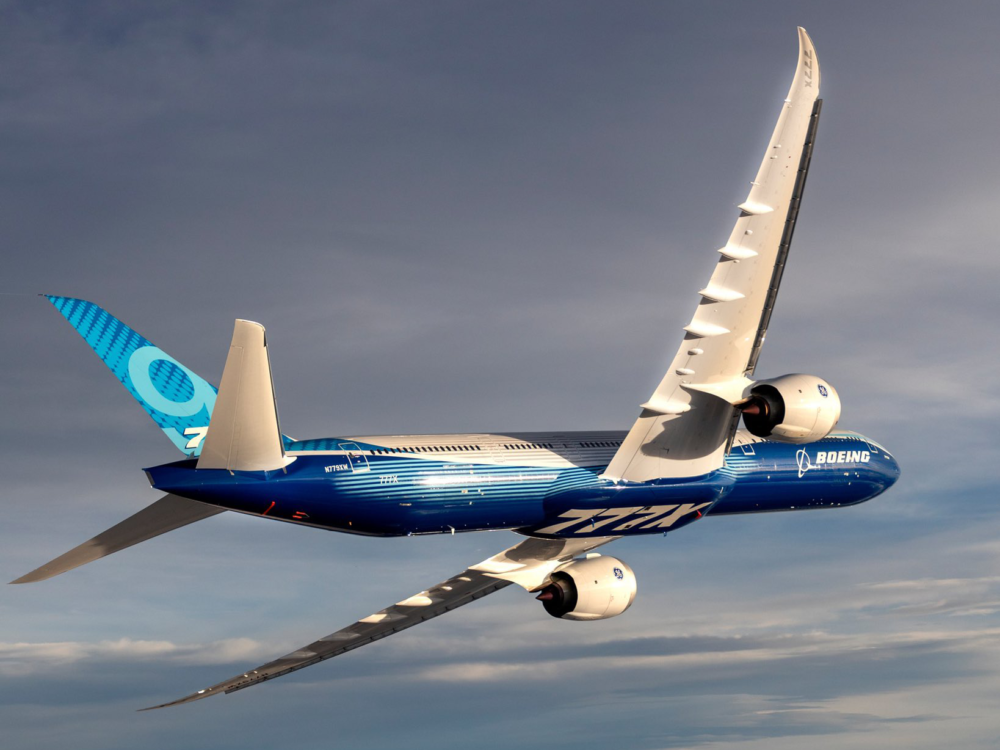
A step-change in green flying
The Boeing 777X has been touted by its builder as the most efficient twin-aisle aircraft in the world. Improvements in design and technology mean it promises a 10% reduction in fuel burn and CO2 emissions, alongside a 10% improvement in operating economics. But what is it in the 777X that makes it so sustainable?
Speaking to Chris Raymond, Boeing’s chief sustainability officer, he highlighted some of the sustainability objectives of the 777X. He said,
“It will be fuel efficiency. It’ll be more improvements in the wing design, the lighter composite wing. It will have some significant avionics improvements in the flight deck. That airplane has taken advantage of the things that we’ve learned from ecoDemonstrator, about winglets and acoustic treatments for the engine noise etc.”
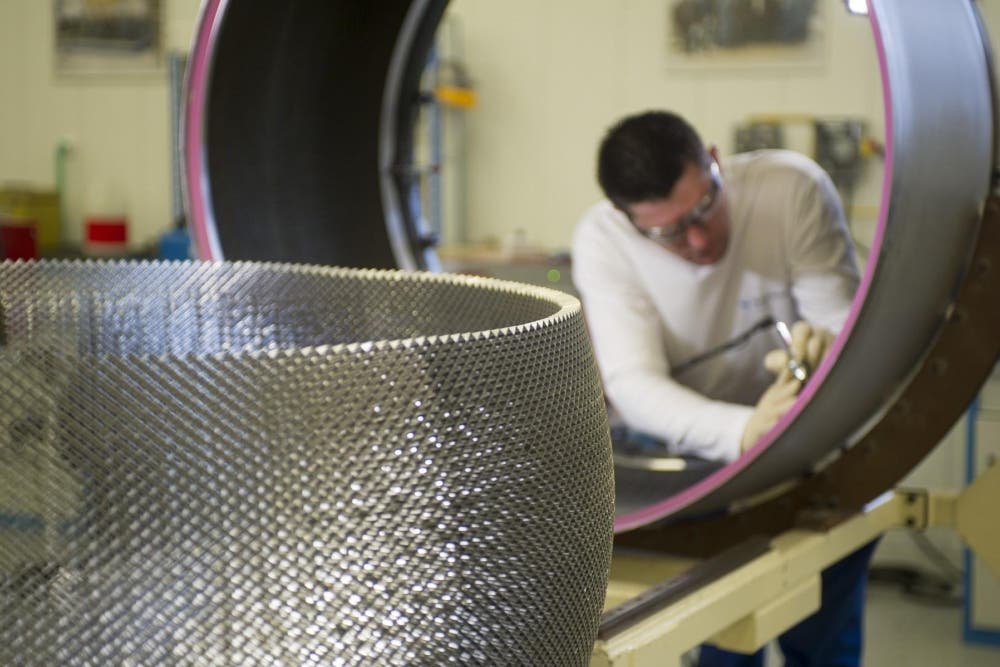
On the noise side of things, the 777X took learnings from the 787 ecoDemonstator to improve the sound emissions of the engines. Now, with acoustic treatments successfully damping the noise output, the 777X no longer needs chevrons on the nacelles like the 787 and the 737 MAX. Although these did a great job at making those aircraft quieter, they came at a fuel burn cost, so eliminating their use makes for a more efficient aircraft overall.
Stay informed: Sign up for our daily and weekly aviation news digests.
Sustainable improvements on the 777X
The 777X likes to compare itself to the A350-1000. Although it will be bigger, the Airbus big twin is certainly its closest competition. Measuring up against the A350 is what gives Boeing its 10% reduction statistic, but what’s delivering that improvement?
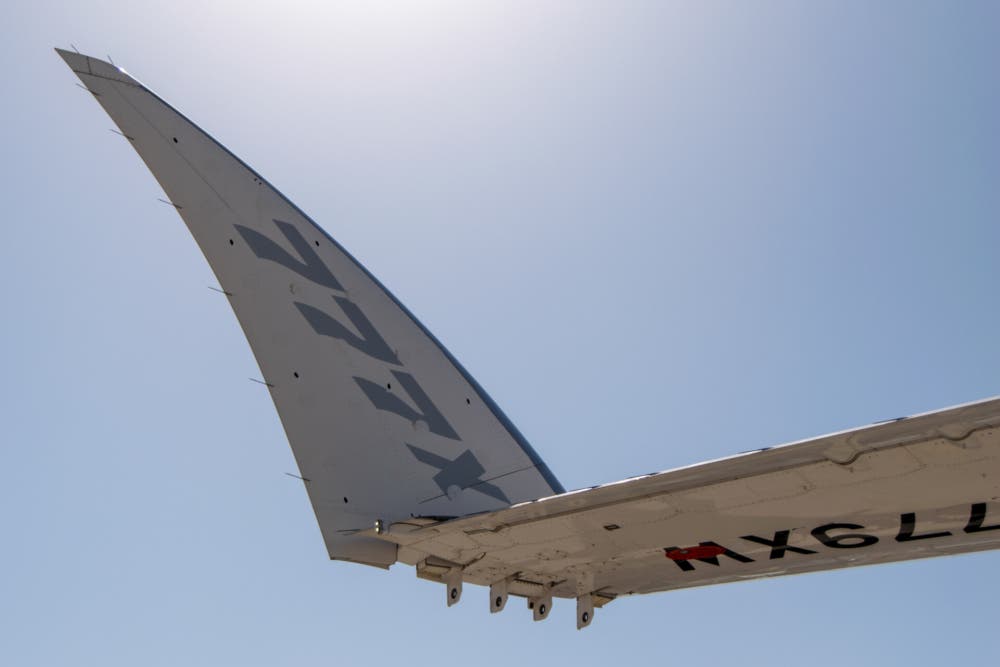
The first big change is by far the huge wing of the 777X. Although the aircraft grandfathers many of its features from previous generations of the 777 family, the wing is an all-new composite construction, lighter weight and better optimized for efficiency. Increasing the span of the wings makes it more aerodynamic, while the folding wingtip allows it to work at all the same airports as the previous 777 family aircraft.
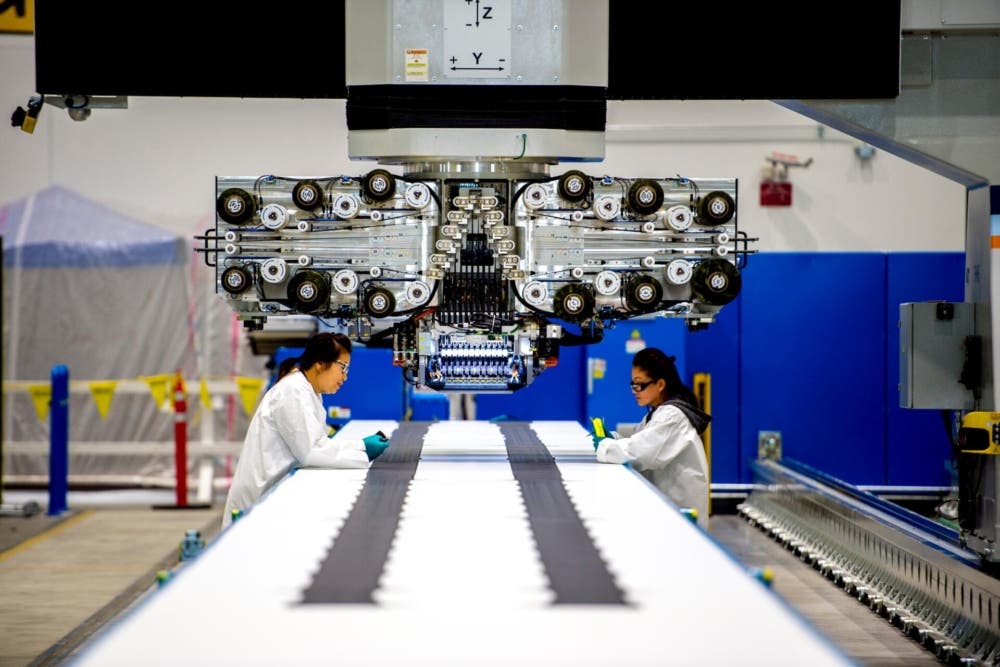
By the aerodynamic improvements don’t end there. The nacelles of the huge GE9X engines are designed with laminar flow in mind, so the air flows around them more smoothly, reducing drag. This is a technology that debuted on the 787 and has proven a worthwhile improvement. Overall, the 777X is anticipated to have 5% better aerodynamics than the A350-1000.
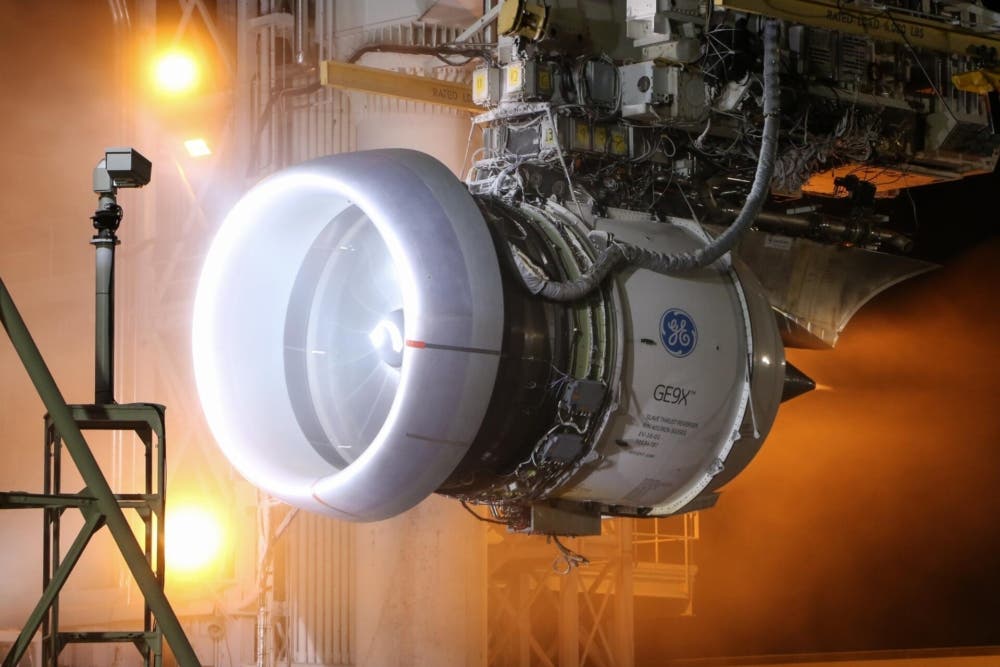
The clean-sheet design GE9X is in itself a revolutionary technology. The carbon-fiber fan blades are lighter and less susceptible to stress, while the air compressor packs in a 27:1 compression ratio. The 105,000 pounds of thrust generated from the huge engines is supported by 3D printed airfoils made from titanium-aluminide metal powder – lighter, stronger, and more heat-resistant than its nickel counterparts. All in, this gives it 5% lower specific fuel consumption than any other competing engine.
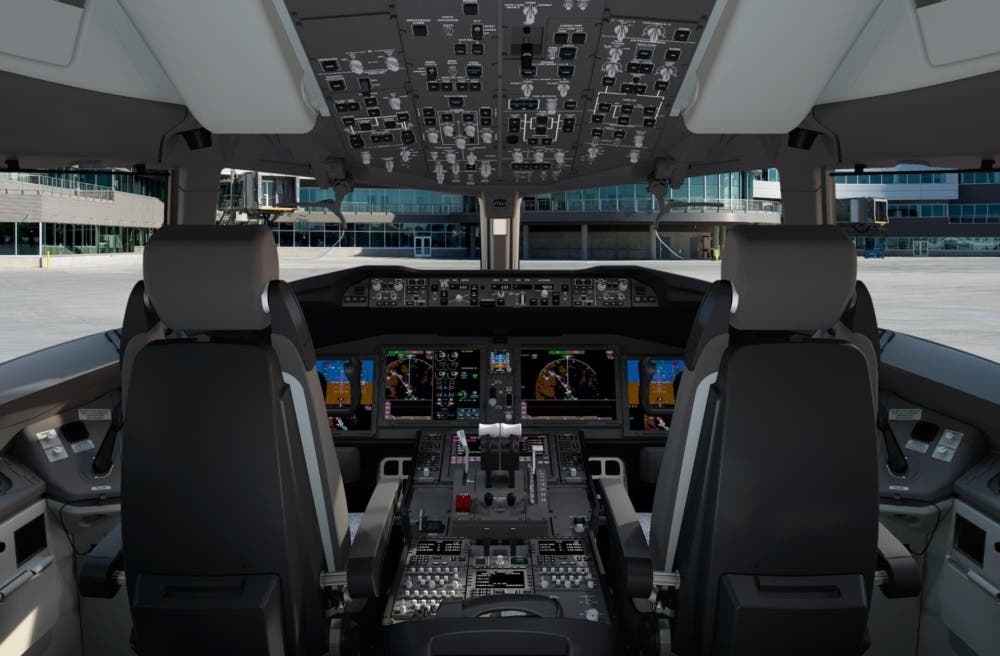
Up in the flight deck, the 777X is the first to be equipped with touchscreen forward flight displays. Supplied by Rockwell Collins, the use of these allows Boeing to eliminate some components from the pedestal, helping to reduce weight. They make the flight deck more intuitive and allow pilots to select what’s displayed on different screens at any one time, giving pilots a better flight experience too.



